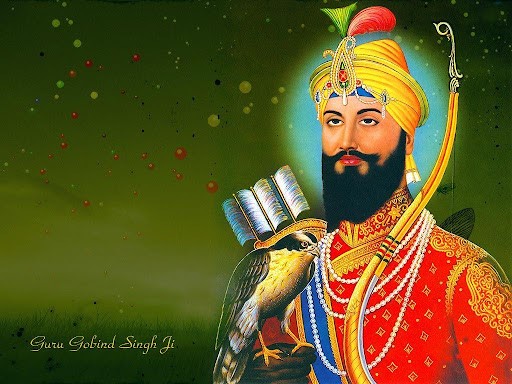Free Courses Sale ends Soon, Get It Now


Free Courses Sale ends Soon, Get It Now



Disclaimer: Copyright infringement not intended.
Context
The Prime Minister, Shri Narendra Modi has paid homage to Sri Guru Gobind Singh Ji on his Parkash Utsav and recalled his courage as well as compassion.
Details
Early Life
Birth and Childhood:
Guruship and the Khalsa:
Creation of Khalsa:
Contributions to Sikhism
Teachings
Sikh Military Tradition
Legacy and Death
Celebrations
Conclusion
Guru Gobind Singh Ji's legacy continues to shape Sikhism, and his teachings resonate with people seeking spiritual guidance, equality, and justice. His life is a testament to the principles of righteousness, selflessness, and the unwavering commitment to the Sikh faith.
MUST READ ARTICLES:
https://www.iasgyan.in/blogs/sikh-gurus
|
PRACTICE QUESTION Q. Examine the teachings of Guru Gobind Singh and their impact on Sikhism. How did his spiritual and martial philosophy shape the Sikh community, and what role did the establishment of the Khalsa play in the evolution of Sikh identity? (250 Words) |
© 2024 iasgyan. All right reserved